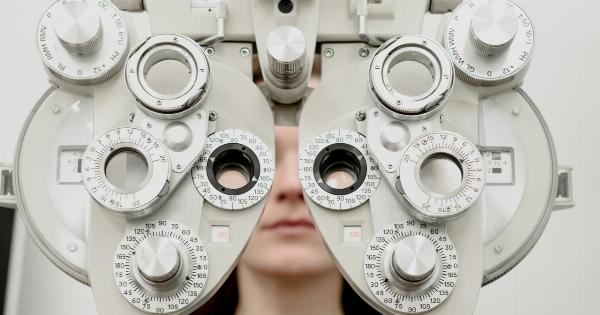The cornea plays a vital role in our vision, acting as a clear window that allows light to enter the eye. It is a delicate and highly functional part of the eye, but it can be subject to various diseases and injuries.
In cases where the damage to the cornea is severe, a corneal transplant may be necessary to restore vision. Over the years, there has been a significant evolution in the techniques and approaches used for corneal repair. One notable advancement is the development of partial transplants, which offer several advantages over traditional full transplants.
Understanding Corneal Transplants
Corneal transplants, also known as corneal grafts, involve the surgical removal of a damaged or diseased cornea and replacing it with healthy corneal tissue obtained from a donor.
This procedure has been performed for decades and has transformed the lives of countless individuals with vision problems.
Traditionally, full thickness corneal transplants, known as penetrating keratoplasty (PK), were the gold standard for corneal repair. This procedure involves replacing the entire cornea, including all layers and structures.
While PK has been successful in restoring vision, it has some limitations and potential complications.
Limits and Complications of Full Thickness Transplants
One of the main drawbacks of full thickness transplants is the risk of graft rejection. The immune system of the recipient can recognize the transplanted cornea as foreign tissue and mount an immune response to reject it.
To reduce the risk of rejection, recipients often require long-term use of immunosuppressive medications, which can have their own set of side effects.
Another limitation of full thickness transplants is the need for large and complex surgical incisions. These incisions weaken the overall structure of the eye and can lead to complications such as astigmatism and irregular healing.
Introduction of Partial Transplants
Partial thickness corneal transplants, also known as lamellar keratoplasty (LK), have emerged as a viable alternative to PK. LK enables the selective transplantation of only the diseased or damaged layers of the cornea, while preserving healthy tissue.
This approach offers several advantages over full transplants.
Types of Partial Transplants
There are two main types of partial thickness transplants: anterior lamellar keratoplasty (ALK) and posterior lamellar keratoplasty (PLK).
Anterior Lamellar Keratoplasty (ALK)
ALK involves the removal and replacement of the anterior layers of the cornea, leaving the innermost endothelial layer intact.
This procedure is commonly used to treat conditions that primarily affect the front layers of the cornea, such as scars, dystrophies, or keratoconus.
Posterior Lamellar Keratoplasty (PLK)
PLK, on the other hand, focuses on replacing the posterior layers of the cornea while preserving the healthy anterior layers.
This technique is particularly useful in cases where the endothelial layer is damaged or dysfunctional, as in conditions like Fuchs’ dystrophy or bullous keratopathy.
Benefits of Partial Transplants
Partial thickness transplants offer several benefits compared to full thickness transplants:.
1. Reduced Risk of Graft Rejection
Since only a portion of the cornea is transplanted, the risk of graft rejection is significantly lower compared to full thickness transplants.
The healthy layers of the cornea remain unaffected, reducing the chances of immune responses against the transplant.
2. Decreased Dependency on Immunosuppressive Medications
Patients undergoing partial transplants often require less immunosuppressive medication compared to those receiving full transplants.
This not only lowers the risk of side effects associated with long-term medication use but also improves patient compliance and quality of life.
3. Smaller Incisions and Faster Healing
Partial thickness transplants involve smaller surgical incisions compared to full thickness transplants. These small incisions promote faster healing, reduce the risk of complications, and minimize induced astigmatism.
4. Better Structural Integrity
Preserving healthy tissue during partial transplants helps maintain the structural integrity of the cornea. This can result in better long-term outcomes and stability of vision, especially in patients with thin corneas or pre-existing conditions.
5. Selective Treatment of Specific Corneal Layers
Partial transplants allow surgeons to target and address specific layers of the cornea. This precision in treatment can lead to improved visual outcomes and better overall corneal health.
Conclusion
The evolution of partial transplants for corneal repair has brought about significant advancements in treating various corneal diseases and injuries.
These techniques offer numerous advantages over traditional full thickness transplants, including reduced risk of graft rejection, decreased reliance on immunosuppressive medications, smaller incisions, faster healing, better structural integrity, and selective treatment of specific corneal layers. As research and technology continue to advance, partial transplants are likely to become even more refined and widely adopted, further improving the outcomes and quality of life for individuals in need of corneal repair.





























